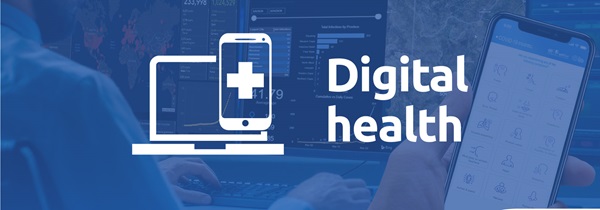
As health misinformation continues to challenge public understanding across Africa, digital platforms and health experts are crafting innovative approaches to curb the spread of false narratives, particularly those surrounding vaccines and COVID-19.
Speaking during a webinar on tackling health misinformation, Prof. Adam Kucharski an expert from the London School of Hygiene and Tropical Medicine, shared insights into the dynamics of how misinformation circulates online and what can be done to mitigate its impact.
Kucharski noted that during the pandemic, trustworthy health websites received an estimated eight billion visits, a figure that has remained substantially high. In contrast, websites known for pushing conspiracies or unverified content recorded around 160 to 200 million visits—a small fraction in comparison.
“Although 200 million visits to untrustworthy sites may sound alarming, it’s important to note that this still represents about 40 times less engagement than trustworthy sources received,” he explained. “This context helps us grasp the scale and reach of reliable information, despite the noise generated by misleading content.”
However, he warned that defining misinformation is not always straightforward. Citing a 2021 study that examined Facebook posts about vaccines that were shared more than 100 times, Kucharski said only about 0.3 to 0.4 per cent were flagged as misinformation.
“The overwhelming majority of content wasn’t flagged at all. But here’s where it gets tricky: factually accurate posts can still mislead, depending on how they’re framed or interpreted,” he said.
To illustrate, he referenced a widely circulated headline from the Chicago Tribune about a healthy doctor who died two weeks after receiving a COVID-19 vaccine. The article, while accurate, was shared over 65 million times – more than seven times the total shares of all flagged misinformation.
“Despite being factually correct, the lack of contextual information allowed readers to draw misleading conclusions about vaccine safety,” he explained. “This is the kind of content that blurs the lines between fact and fear.”
Kucharski emphasised that misinformation spreads and evolves in much the same way a virus mutates. Messages adapt, using new emotional hooks or urgency to gain traction.
He described how phrases like “I think no one should die” or “we’re only as strong as the weakest among us” were incorporated into health posts to make them more emotionally resonant and easily shareable.
One telling example from 2020 involved a data error in an election map posted on a fringe message board. That misinformation jumped to Twitter, gained commentary, and was eventually reshared by public figures, including former U.S. President Donald Trump – highlighting how quickly misleading content can move from obscurity to global visibility.
In terms of response strategies, Kucharski cited a systematic review that evaluated different methods for countering misinformation. The findings suggest that scare tactics and overly confident rebuttals often backfire.
“Approaches that work better include highlighting the strength of scientific consensus, focusing on vaccine safety, using humour strategically, and issuing advance warnings about misinformation,” he said.
One such digital innovation is Twitter’s (now X) “community notes” system. This allows users with varying viewpoints to collaboratively add context to posts flagged as misleading. When these notes receive enough agreement across perspectives, they are displayed publicly alongside the post.
“This is powerful because it introduces balanced, evidence-based information right where misinformation is being consumed,” Kucharski explained. “Studies have shown that most of these notes are accurate and reference credible sources.”
However, he warned that the system isn’t flawless. “Delays in the voting process can mean that false or misleading posts remain unchallenged for critical hours or even days. Bloomberg investigations have shown how these time lags can allow misinformation to gain a foothold.”
Kucharski stressed that fighting misinformation demands a layered strategy – merging technology, public education and community participation. He said clear, honest communication that builds trust is crucial, especially in Africa’s fast-moving and diverse information space.
Science Nigeria notes that as misinformation continues to evolve at an unprecedented speed, it is essential for health authorities, technology platforms, and local communities to keep adapting their efforts to protect public health and promote informed decision-making.

